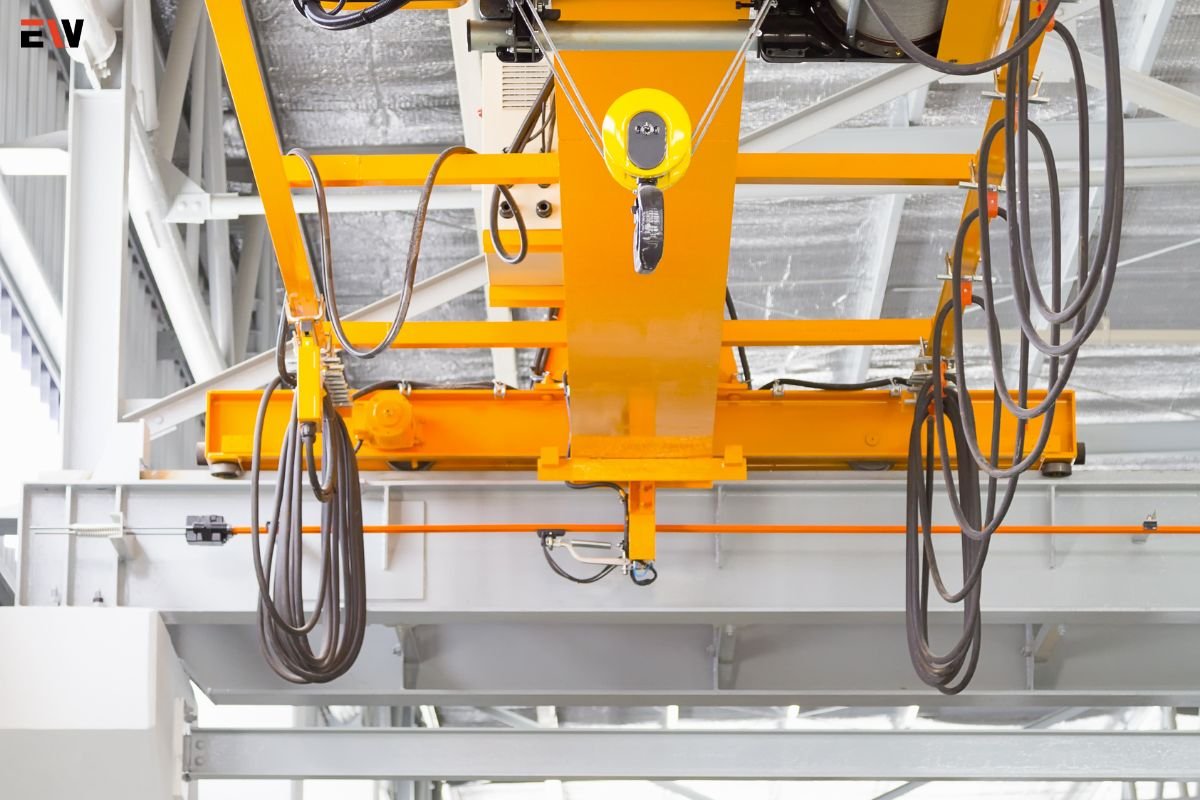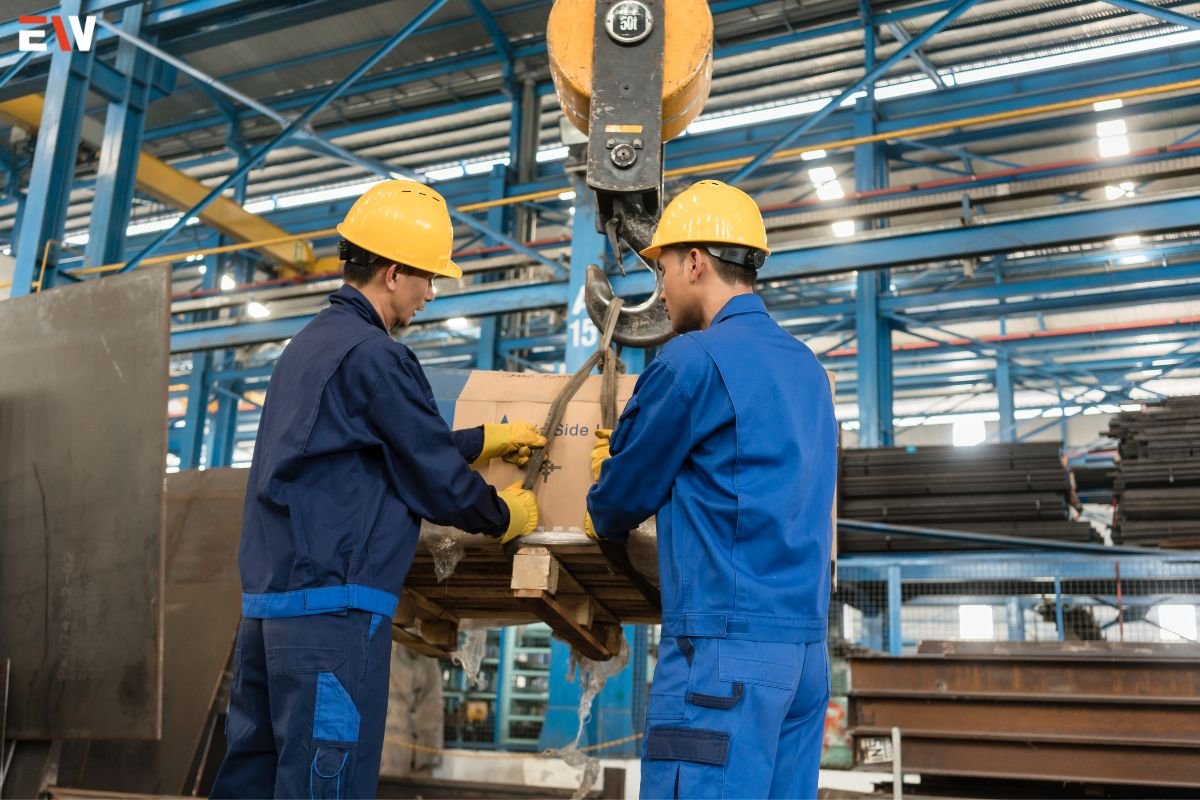In the realm of industrial operations, material handling equipment plays a pivotal role in optimizing efficiency, productivity, and safety. From warehouses and manufacturing facilities to distribution centers and logistics hubs, the strategic deployment of the equipment enables organizations to streamline workflows, minimize manual labor, and maximize throughput. In this comprehensive guide, we’ll explore the significance of equipment, examine its key categories and applications, and highlight its transformative impact on industrial operations.
Understanding Material Handling Equipment
Equipment to handle material encompasses a diverse range of tools, machinery, and systems designed to facilitate the movement, storage, protection, and control of materials and products within industrial environments. These equipment types are essential for handling raw materials, work-in-progress (WIP), finished goods, and other items throughout the supply chain, from receipt to distribution.
Key Categories of Material Handling Equipment
1. Conveyors

Conveyors are a fundamental component of material handling systems, enabling the efficient transportation of goods between various stages of production or storage areas. Types of conveyors include belt conveyors, roller conveyors, chain conveyors, and overhead conveyors, each suited for specific applications and material handling requirements.
2. Forklifts and Industrial Trucks
Forklifts and industrial trucks are versatile vehicles used for lifting, transporting, and stacking materials in warehouses, distribution centers, and manufacturing facilities. These vehicles come in various configurations, including counterbalance forklifts, reach trucks, pallet jacks, and order pickers, providing flexibility and adaptability for diverse material handling tasks.
3. Storage and Retrieval Systems
Storage and retrieval systems are designed to maximize space utilization and optimize inventory management within warehouses and distribution centers. These systems include pallet racks, shelving systems, mezzanines, and automated storage and retrieval systems (AS/RS), which use robotics and automation to store and retrieve items with speed and precision.
4. Automated Guided Vehicles (AGVs)
AGVs are autonomous mobile robots that transport materials and goods within industrial facilities, following predefined paths or navigation systems. AGVs can be used for a variety of material handling tasks, including transporting raw materials to production lines, moving finished products to storage areas, and replenishing inventory in distribution centers.
5. Cranes and Hoists

Cranes and hoists are used for lifting and positioning heavy loads in manufacturing plants, construction sites, and port terminals. These equipment types include overhead cranes, gantry cranes, jib cranes, and hoists, which provide the lifting capacity and precision needed for material handling operations in various industries.
Transformative Impact of Material Handling Equipment
1. Increased Efficiency and Productivity
Material handling equipment streamlines workflows reduces manual labor, and accelerates material flow, leading to increased efficiency and productivity in industrial operations. By automating repetitive tasks and optimizing resource utilization, organizations can achieve higher throughput and output levels while minimizing downtime and labor costs.
2. Enhanced Safety and Ergonomics
Material handling equipment improves workplace safety by reducing manual handling risks, minimizing the likelihood of accidents, and mitigating ergonomic hazards associated with heavy lifting and repetitive motion. By using equipment such as forklifts, conveyors, and lifting devices, organizations can create a safer and healthier work environment for employees.
3. Improved Accuracy and Quality
Automated material handling systems enhance accuracy and quality control by reducing errors, minimizing damage to goods, and ensuring consistent handling of materials throughout the production process. By leveraging robotics, sensors, and automation technologies, organizations can achieve higher levels of precision and reliability in material handling operations.
4. Scalability and Flexibility
Material handling equipment offers scalability and flexibility to adapt to changing demand patterns, production volumes, and operational requirements. Whether expanding operations, introducing new product lines, or reconfiguring warehouse layouts, organizations can easily scale their material handling systems to accommodate evolving business needs and market dynamics
5. Choosing the Right Equipment

When selecting material handling equipment, organizations should consider factors such as operational requirements, facility layout, throughput goals, budget constraints, and safety regulations. By conducting a thorough needs assessment and consulting with material handling experts, organizations can choose the right equipment types and configurations to optimize their material handling operations effectively.
Conclusion
Material handling equipment is the backbone of modern industrial operations, providing the tools and systems needed to efficiently transport, store, and manage materials and products throughout the supply chain. By leveraging conveyors, forklifts, storage systems, AGVs, and other equipment types, organizations can streamline workflows, enhance productivity, and achieve operational excellence in today’s competitive marketplace. As organizations continue to invest in technology and automation, the equipment will remain indispensable for driving efficiency, safety, and agility across a wide range of industries.










